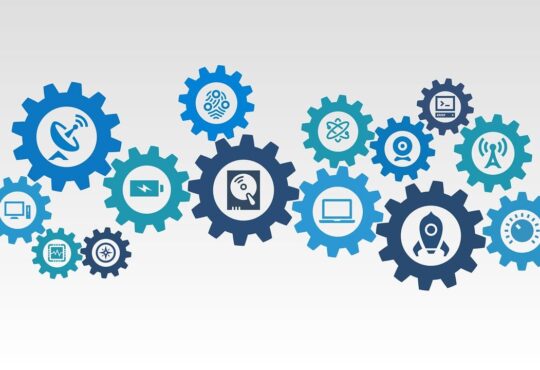
Faisal Banaeamah is a solution architect at Alexa International. In this article, he discusses APIs for business scalability.
Use Case: Planning a Holiday
When customers plan a holiday,
they would like to plan for tickets and hotels. In the past, customers used to go to travel agencies or airlines’ offices. They would discuss their plans with the agents and confirm their bookings.
But, it can be challenging for agencies to be available in all regions and cities. Also, customers need to have the entire plan drafted before confirming bookings. This led to automation.
As a first step, each agency, airline, and hotel built its websites and applications. These applications supported customers to do self-service for their reservations.
This is a conversion from analog form to digital form.
In the previous stage, a ticket was a hard copy and was given to the customer at the office. But now, it is an electronic copy that the customer can download.
Digitization has helped business growth in the airline and hotel industries.
However, this was still limited. Customers had to access multiple applications and compare prices, etc. It wasn’t easy to swap between applications. Also, this service was available to only those with access to these applications, and the numbers were restricted.
That has brought us to the current situation, where airlines and hotels have exposed their services as APIs to be consumed by multiple platforms. Multiple travel agencies and applications consumed these APIs.
This is called digitization; which is applying digital technology or APIs to deliver business value within the core business domain of the industry or enterprise.
Business scalability using APIs
Internal innovation – It could be applications within the enterprise, including applications supported by internal developers. It could be a composition of multiple services to fulfill a need for end-to-end customer experience. It could be an integration with other service providers in other industries. Expanding services with flexible monetization and price plans is also a part of internal innovation.
Partnership ecosystems – This covers third-party applications that external developers develop. External developers work and develop their own applications, ensuring that they utilize the APIs you provide. Some of these third-party platforms have their own APIs that could be integrated or interacted with other industries. For example, ERP integrates employees’ annual leave process with holiday planning.
Omnichannel – Make valuable business engagement with the customers through multiple channels. These channels could be web applications, mobile applications, or voice applications.
Growth of Reach – Reachability to business assets, transactions, and data by a wide range of customers.
Increase in reachability by customers to applications providing full-fledged services with end-to-end experience.
Digital Transformation
Digital transformation can be defined as the radical change toward becoming a digital enterprise. By this, we mean that we need to go beyond basic digitalization and provide services as digital services. These digital services become business lines.
Architecture for Digital Transformation
On one side, we have internal and external developers. They will develop web applications, mobile applications, or voice applications. These will interact with the system of engagement (SoE). The SoE has two building blocks. The API management block becomes an API gateway and API lifecycle manager. Application or developer requests will go through to the API management layer. This layer has to verify the request and access control. It checks with the second block, which is the authentication, identity, and authorization layer. The last layer is the System of Record (SoR) layer. Between the SoE and SoR is the decoupling layer. It is an important layer whose main purpose is to decouple the contracts that the developers consume from the underlying system of records. SoE and SoR can keep evolving independently because the API mediation layer manages the contracts. This layer can be implemented through enterprise service bus, enterprise service engagement, service mesh, or microservices. A major part of this decoupling layer is to make protocol translation.
Standards and Specifications
There are industry-recognized API specifications and security protocols.
API Specifications
- OPENAPI
- AsyncAPI
Security Protocols
- Open Authorization Framework 2.0
- OpenID Connect
Industry API Specifications
- TM Forum Open API
- Open Banking API Specification
Conclusion
To conclude, this article discussed the stages of digital transformation and digitization. It also discussed using APIs to enhance business values for the enterprise’s end consumers. It discussed digital transformation, the blueprint, industry standards, and specifications.









